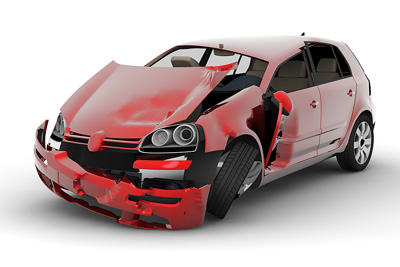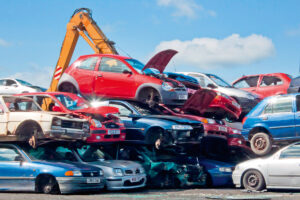Scrap Car Recycling When a vehicle is no longer repair-able and its roadworthiness has been compromised, it should be properly disposed of in a manner that does not harm the environment. Scrap car recycling provides valuable end of life vehicles (ELVs) to the end, ensuring all reusable and recyclable components are appropriately removed. It can provide for the safe storage of motor vehicles that are no longer required for business or personal purposes, safe storage of parts that are no longer required for manufacturing operations, and helps in the collection of raw materials by means of reuse programs.

Scrap car recycling refers to the process of separating useful metals and other elements from vehicles that can no longer be salvaged. This usually occurs when the vehicle’s engine malfunctions or requires repair. An example is a dilapidated car that needs to be recycled. There are a number of metals and alloys that make up this waste product. Common elements found in scrap car recycling include aluminium, copper, gold, lead, zinc, iron, lead, tin, steel, and mercury. Other elements may also be recovered from scrappage vehicles include asbestos, cadmium, chromium, cadmium, mercury, lead, rubber, silicone, vinyl, rubber, and timber.
Hazardous Scrap Materials

In scrapping, hazardous materials are separated from the non-hazardous materials. Separating the hazardous materials from the non-hazardous materials is done by two processes: primary pollution and secondary pollution. The process of primary pollution involves pouring a heavy fluid, such as Freon, into the container of the scrap vehicle. This mixture is then pumped into the vehicle, mixed with the exhaust fluid, and forced through the exhaust pipes and vents, before being released outside the vehicle.
The secondary process, which is referred to as secondary recycling, involves separating the hazardous materials from the nonhazardous materials during the transportation. This process is done in two different ways. In primary scrap car recycling, the vehicle is placed inside a container, and either a strong vacuum or strong jet of air is used to force air through the container so that all parts, including the wheels and tires, are expelled out of the vehicle. In secondary scrap car recycling, the vehicle is simply placed inside an enclosure, sealed tightly, and the container is pumped with Freon or air-powered water pressure.
In order for the process of Scrap Car Recycling to work efficiently, all scrap car recyclers must adhere to certain guidelines. These guidelines can range from the most general, meaning everything needed, to the specific, such as specific fluids. There are certain fluids that are only suitable for Scrap Car Recycling and those fluids include antifreeze, anti-freeze, brake fluid, cleaning fluids, fuel, hydraulic fluid, transmission fluid, paint, polymers and metals, thermometers, and plastic. It is also not advisable to mix up these types of fluids because it is difficult to regulate the mixing.

